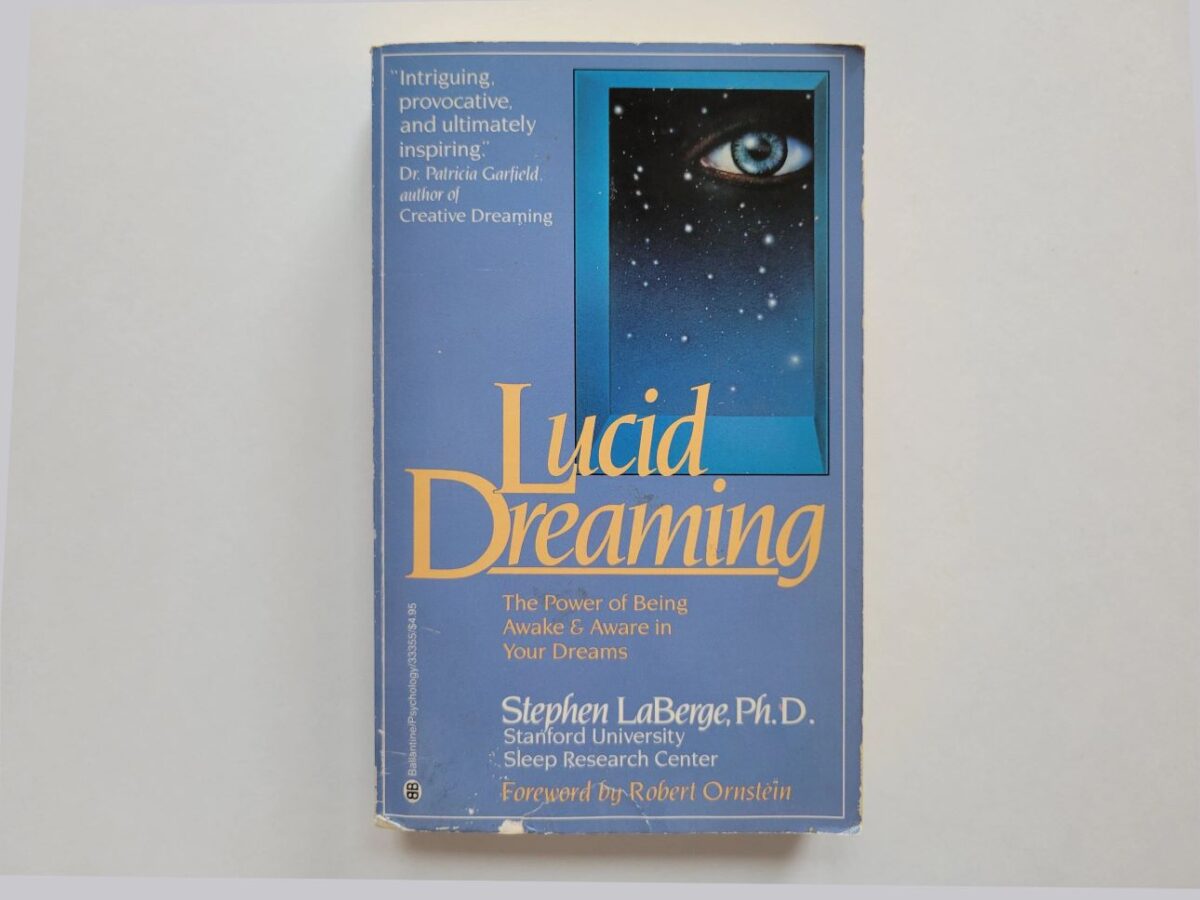Of all non-autonomous assistance methods, cueing technologies yield the best results. The operating principle behind cueing technologies is quite simple: a device detects rapid eye movement (REM) and sends signals to a sleeping practitioner, prompting dream consciousness or an awakening that may be followed by indirect techniques. Cueing programs or devices may also send indicators over specific intervals of time; these are received during REM sleep and are meant to cause a sleeping practitioner to awaken and attempt indirect techniques.
More sophisticated REM-detecting technologies may be purchased at specialized stores or through online merchandisers. REM-detecting technologies work by virtue of special night mask equipped with a motion sensor that detects the frequency of specific eye movements that occur during REM sleep. When the eye movements reach REM quality, the device sends discreet signals to the practitioner through light, sound, vibrations, or a combination of these. In turn, the practitioner must discern the signal and react to it while sleeping with the goal of lucid dreaming entry through dream consciousness.
The effectiveness of REM-detecting devices is more plausible in theory than in practice. The mind quickly develops a tolerance for these types of external stimuli and stops reacting, and, as a result, such technologies are hardly used more than one or two nights per week. Secondly, a practitioner will detect only a small portion of the signals, and conscious reaction occurs in even fewer instances.
Cueing technologies are best used to send signals that allow a practitioner to awaken without moving during REM sleep, which facilitates a high probability of lucid dreaming entrance through indirect techniques.
Pricing of these “mind-machines” (the common moniker of any device that purports to produce altered consciousness) widely varies and is determined by quality of REM detection and signaling. Available models include: DreamStalker, DreamMaker (NovaDreamer), REM-Dreamer, Astral Catapult, among many others. Since the use of these devices does not guarantee increased success in practice, investing money in the technology is not recommended. If a practitioner is curious about cueing technologies, similar devices may be constructed at home using a special computer program and a run-of-the-mill optical mouse. Designs for a homegrown setup are easily located on the Internet.
Another do-it-yourself way of experimenting with cueing is through the use of a computer, a music player, or even the alarm clock function on a mobile phone. The practitioner saves short sounds or phrases, played as an alarm every 15 to 30 minutes while sleeping. These sounds will signal the practitioner to wake up and attempt indirect techniques.
If the practitioner decides to use cueing technology, several fundamental principles should be considered as results will be less likely if they are ignored. First, mind-machines should be used no more than twice a week. Otherwise, too high a tolerance will be built up, rendering the machines ineffective. Second, use cueing technology in combination with the deferred method, which was covered in the section on indirect techniques. It is better to sleep for six hours without distraction and then, after sleep has been interrupted, put on a sleep-mask or earpiece and continue sleeping. Sleep will be light for the remaining two to four hours as there will be more REM sleep, making it easier for the mind to detect cueing signals. Finally, master indirect techniques before making use of cueing technologies to attain dream consciousness and subsequent lucid dreaming entrance.









